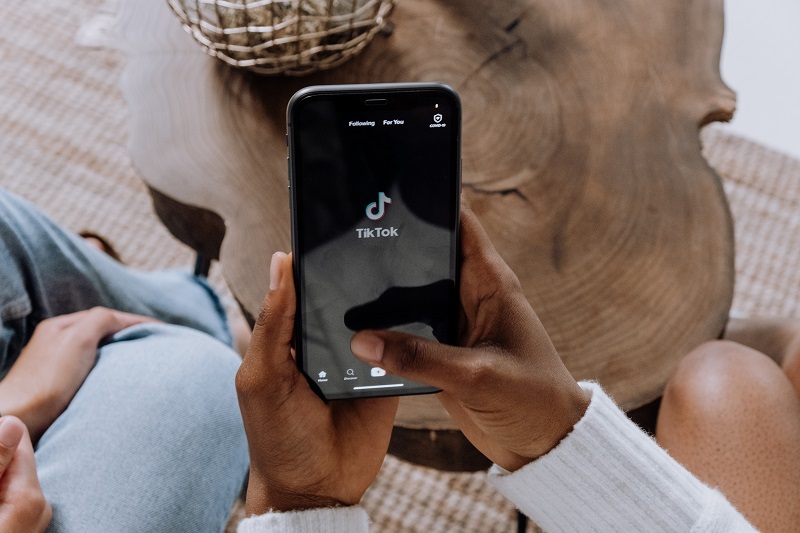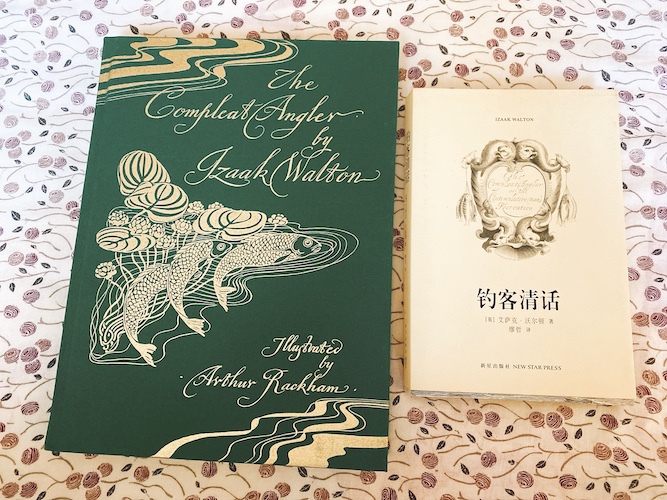BookTok: The New Platform for Independent Bookstores
The key to these promotional videos is that the content on TikTok is randomized—this means that anyone can stumble upon the store’s account, which makes reaching new customers relatively simple. By reaching out and establishing a presence in communities like BookTok, independent bookstores can definitely increase sales and establish more loyal customers.






